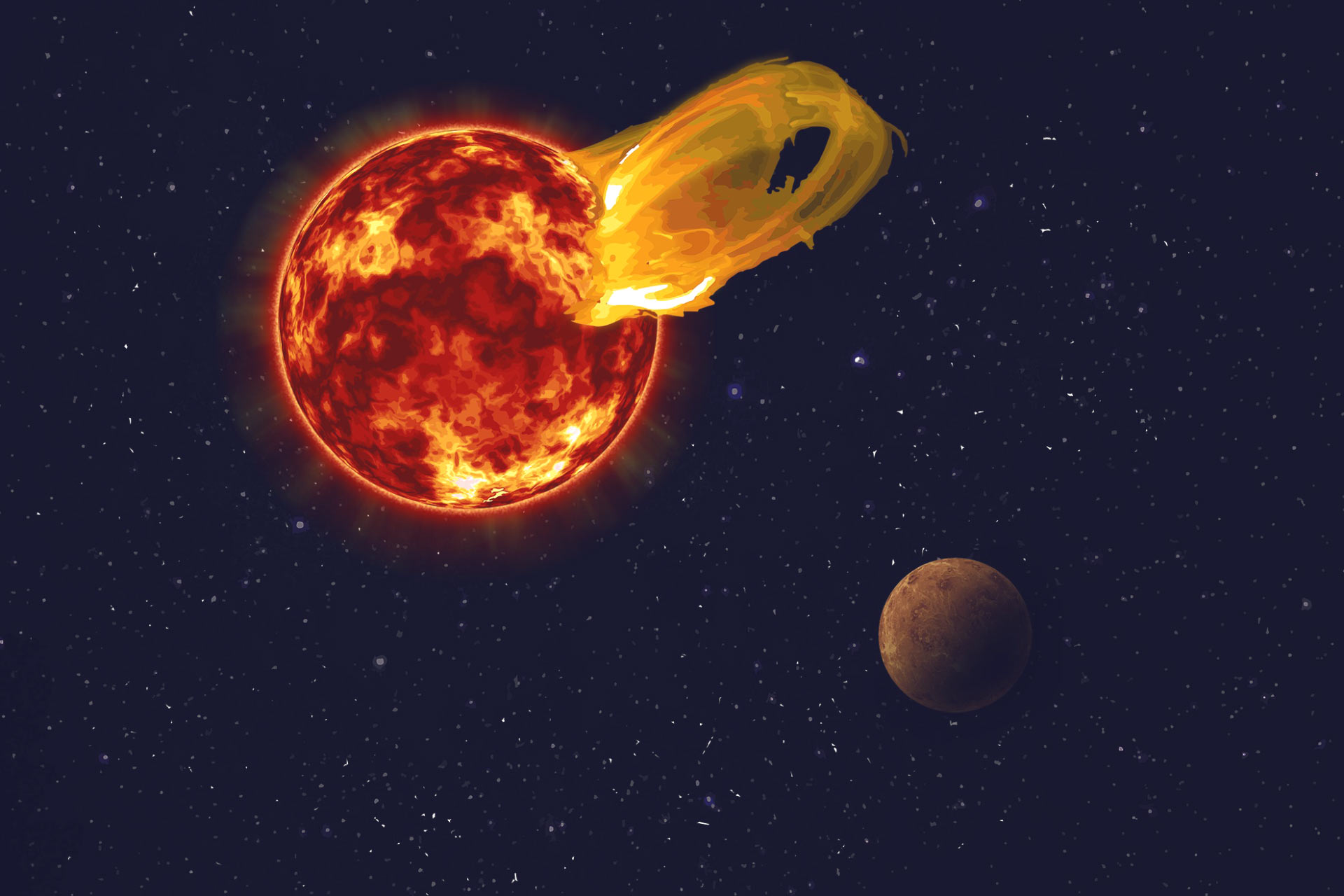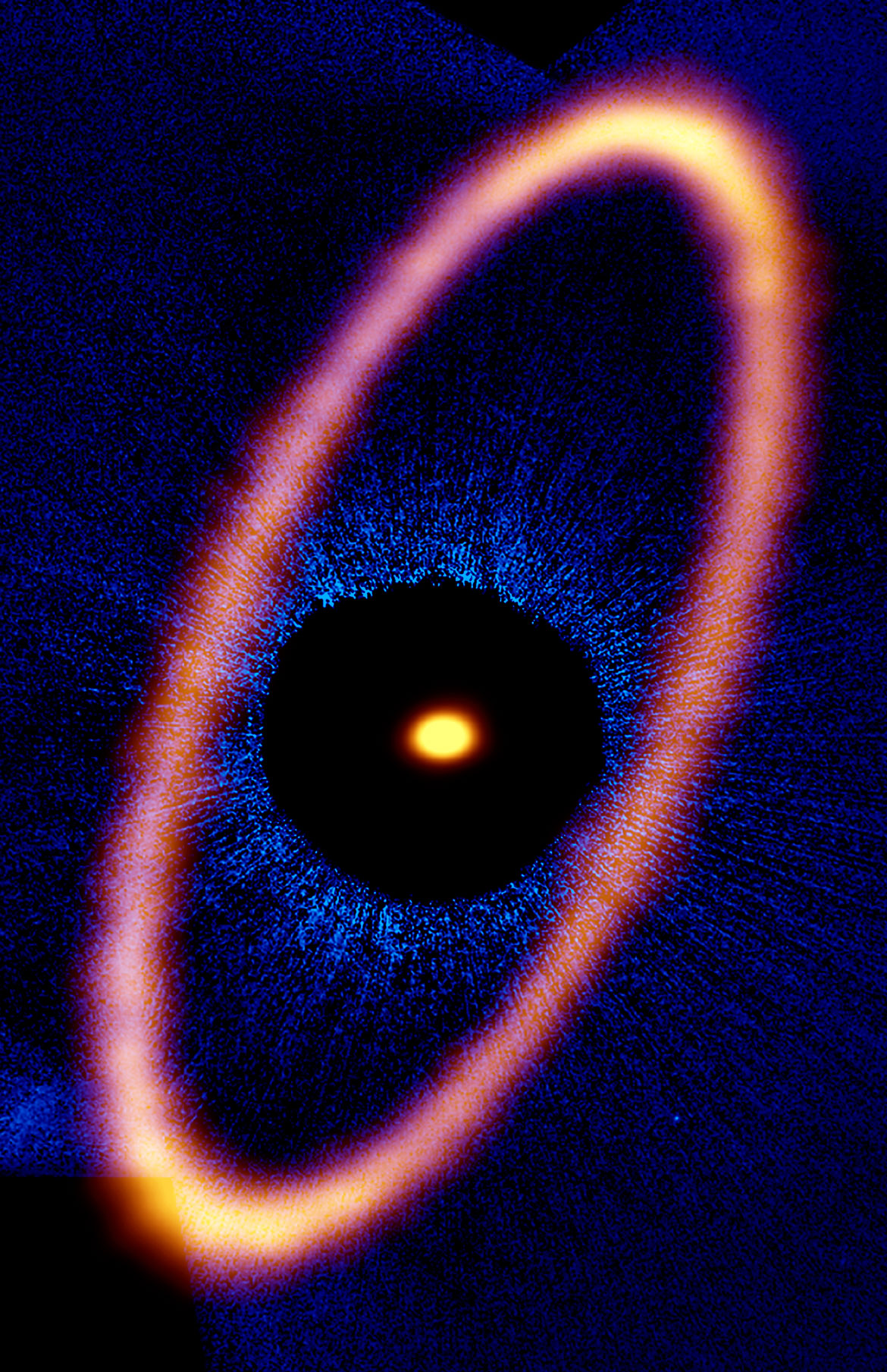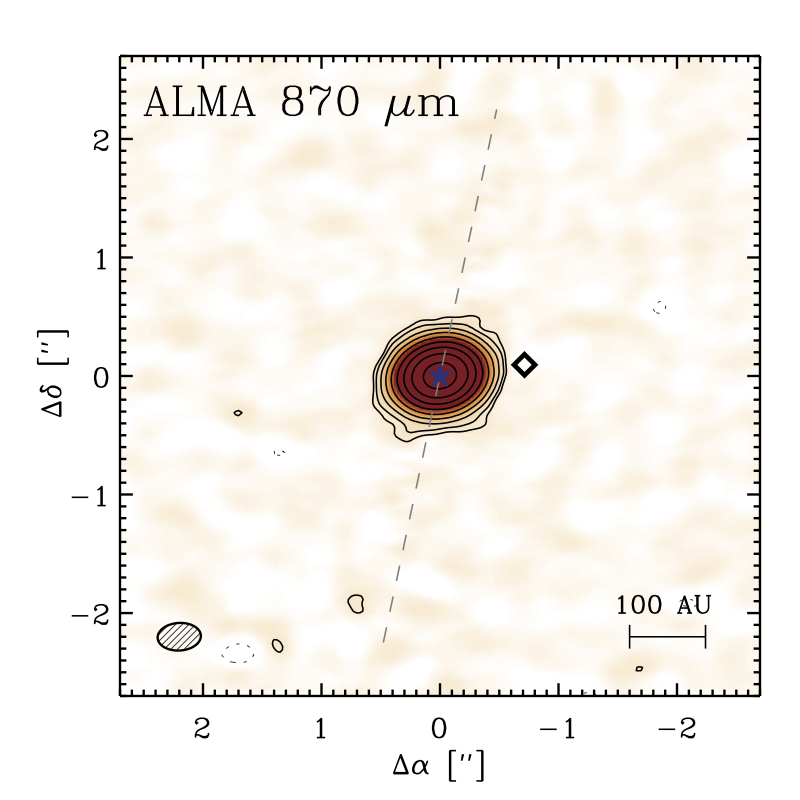Research Interests
Our research group studies planetary habitability by looking at planetary systems as a whole and drawing connections between stars, disks, and planets. We are especially interested in answering: (1) Can we connect observed disk structure to unseen planets? (2) What is the imapct of stellar activity on planets and disks? And, (3) How to exoplanets inherit their composition from circumstellar disks? To answer these questions, we use state-of-the-art observational facilities spanning the entire electromagnetic spectrum and including the Atacama Large Millimeter/submillimter Array (ALMA), the Transiting Exoplanet Survey Satellite (TESS), the Hubble Space Telescope (HST), Swift, and Chandra.
Some Relevant Links
CfA Protoplanetary Disks Group
SMA Observer Center
Atacama Large Millimeter/submillimeter Array (ALMA) Data Archive
Karl G. Jansky Very Large Array
ATCA Users Guide
Some Recent Highlights

Detection of a Millimeter Flare from Proxima Centauri (arXiv:1802.08257)
We present new analyses of ALMA 12-m and ACA observations at 233 GHz (1.3 mm) of the Proxima Centauri system with sensitivities of 9.5 and 47 uJy/beam, respectively, taken from 2017 January 21 through 2017 April 25. These analyses reveal that the star underwent a significant flaring event during one of the ACA observations on 2017 March 24. The complete event lasted for approximately 1 minute and reached a peak flux density of 100+/-4 mJy, nearly a factor of 1000x brighter than the star's quiescent emission. At the flare peak, the continuum emission is characterized by a steeply falling spectral index with frequency, with alpha=-1.77+/-0.45, and a lower limit on the fractional linear polarization of |Q/I|=0.19+/-0.02. Since the ACA observations do not show any quiescent excess emission, we conclude that there is no need to invoke the presence of a dust belt at 1-4 AU. We also posit that the slight excess flux density of 101+/-9 uJy observed in the 12-m observations compared to the photospheric flux density of 74+/-4 μJy extrapolated from infrared wavelengths may be due to coronal heating from continual smaller flares, as is seen for AU Mic, another nearby, well-studied, M dwarf flare star. If this is true, then the need for warm dust at ~0.4 AU is also removed.Some Press Coverage:
- NRAO Press Release
- Forbes
- Science News
- Scientific American
- Popular Science
- Popular Mechanics
- A great summary from Bad Astronomy
- Astrobites

A Complete ALMA Map of the Fomalhaut Debris Disk (arXiv:1705.05867)
We present ALMA mosaic observations at 1.3 mm (223 GHz) of the Fomalhaut system with a sensitivity of 14 uJy/beam. These observations provide the first millimeter map of the continuum dust emission from the complete outer debris disk with uniform sensitivity, enabling the first conclusive detection of apocenter glow. We adopt a MCMC modeling approach that accounts for the eccentric orbital parameters of a collection of particles within the disk. The outer belt is radially confined with an inner edge of 136.3+/-0.9 AU and width of 13.5+/-1.8 AU. We determine a best-fit eccentricity of 0.12+/-0.01. Assuming a size distribution power law index of q=3.46+/-0.09, we constrain the dust absorptivity power law index to be between 0.9 and 1.5. The geometry of the disk is robustly constrained with inclination 65.6+/-0.3 deg, position angle 337.9+/-0.3, and argument of periastron 22.5+/-4.3. Our observations do not confirm any of the azimuthal features found in previous imaging studies of the disk with HST, SCUBA, and ALMA. However, we cannot rule out structures smaller than 10 AU in size or which only affect smaller grains. The central star is clearly detected with a flux density of 0.75+/-0.02 mJy, significantly lower than predicted by current photospheric models. We discuss the implications of these observations for the directly imaged Fomalhaut b and the inner dust belt detected at infrared wavelengths.Some Press Coverage:
- NRAO Press Release
- Astronomy Picture of the Day
- AAS Nova
- Astrobites first and second articles
- A short video on Space.com
- An article from www.syfy.com
